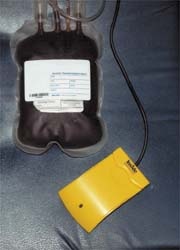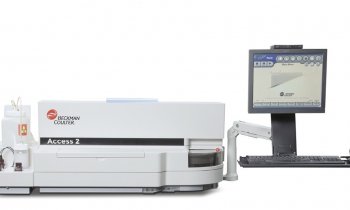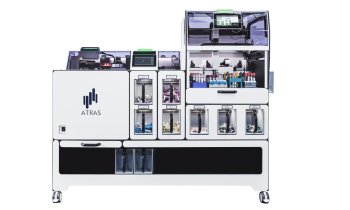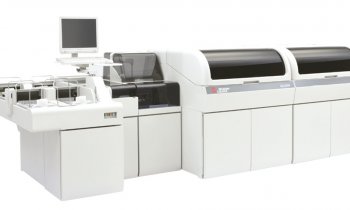Blood products and radiofrequency identification (RFID)
Bar coding saves blood products
The Sato Corporation specialises in barcode printing - established in Japan, it pioneered the first hand labellers in 1962 and, in 1974, developed a printer able to print barcodes and OCR characters.

Today, Sato produces data collection systems and labelling.
The firm points out that when a blood product is needed for transfusion, a nurse takes it from the refrigerator and must check it is the correct type. Then the receiving patient’s identity must be checked. Before and after a transfusion the blood product’s temperature must be checked, and so on.
In addition, when blood is taken from lab to operating theatre, then returned if unused, the product is mostly thrown away because the right temperature might not have been maintained. ‘One blood bag costs ?200 to ?300, and a medium-sized hospital could throw away, from one department, ?300,000 annually!’ Sato points out, adding that, by using RFID with patient-ID and temperature logging, many lives and funds could be saved. Both the use of blood products in wards and the OT involve considerable paperwork. The barcode system cuts out:
- check patient ID and blood product
- record data about patient and nurse in case of adverse reaction, the protocol is displayed upon pda
- Record the treatment – Haemovigilance.
Sato adds that, after the blood returns to the lab, the temperature can be checked and if all was correct, the product can be re-used.
01.05.2007











